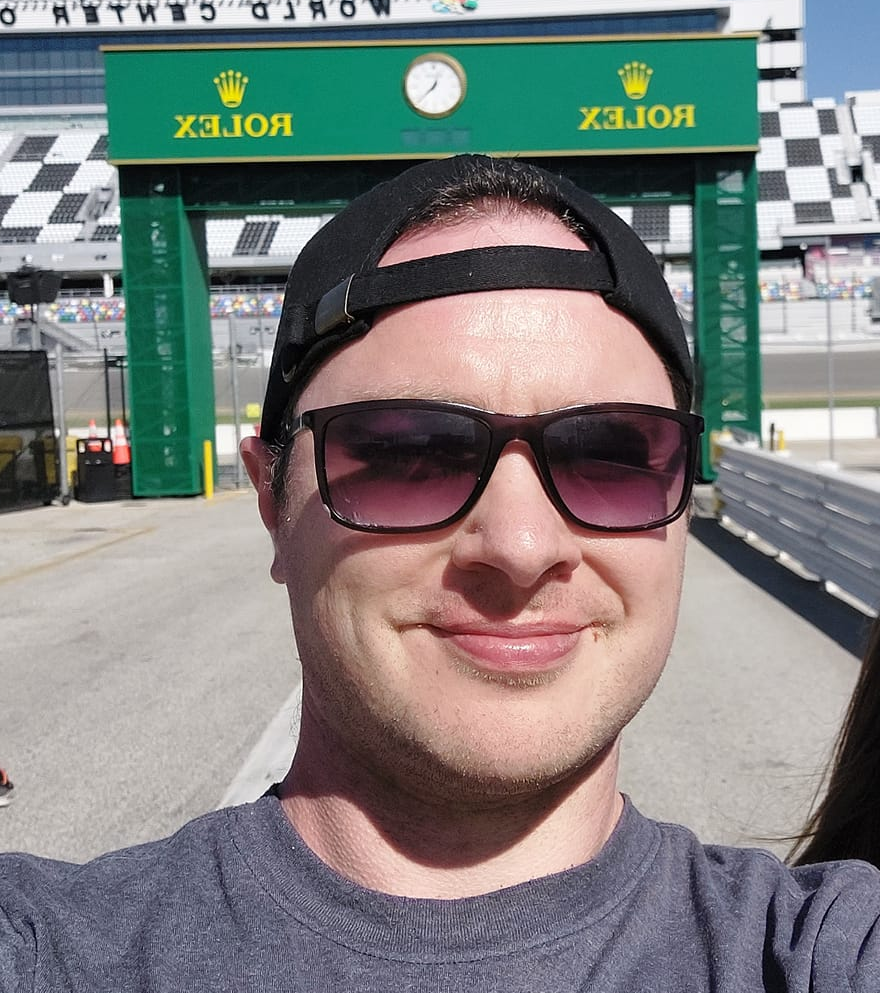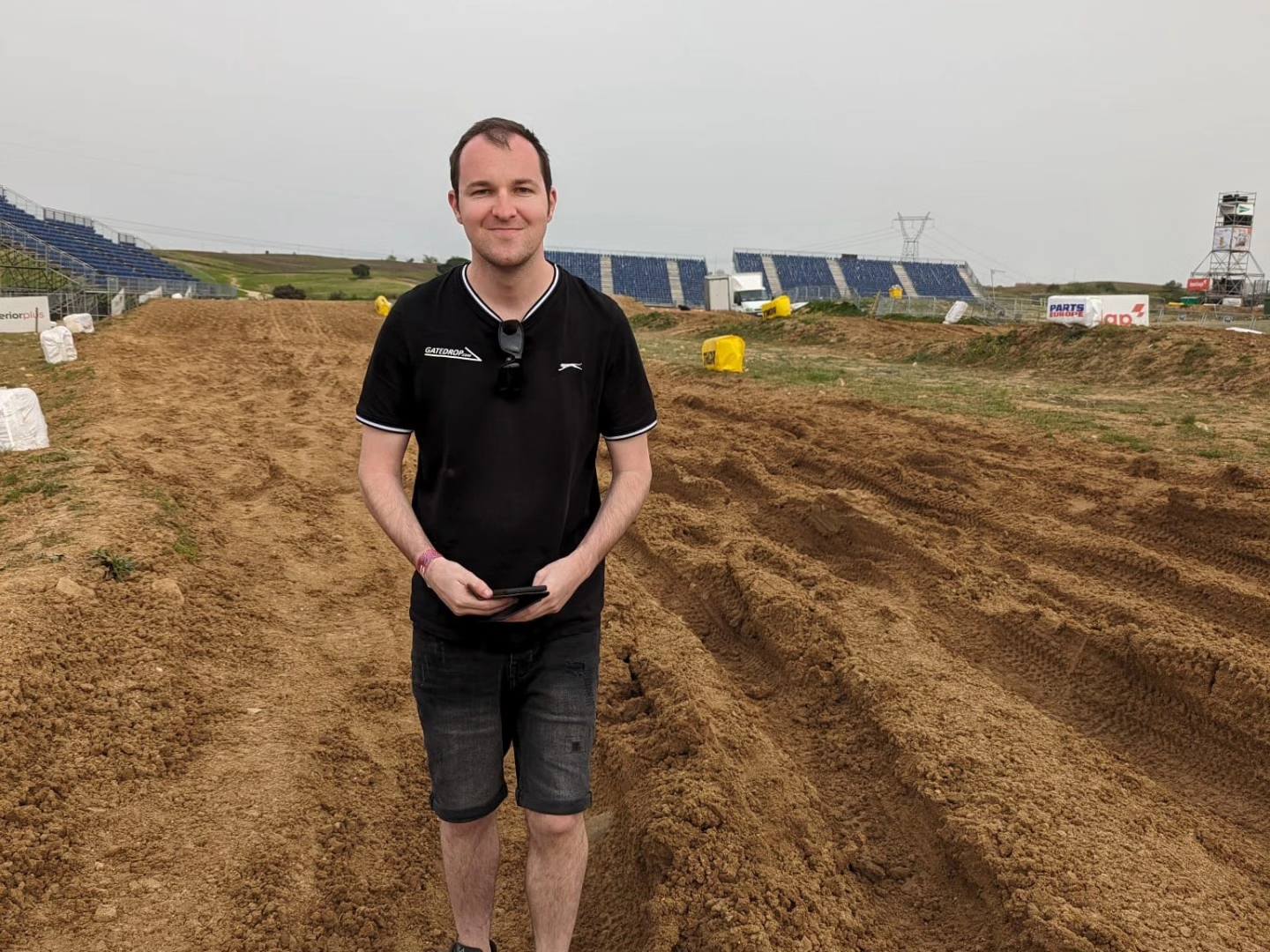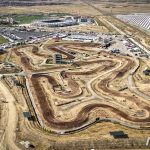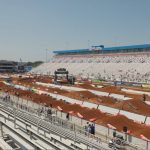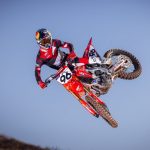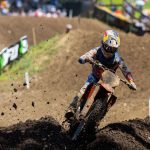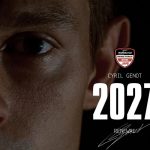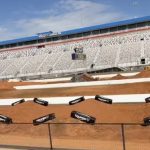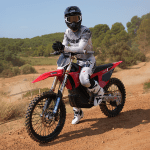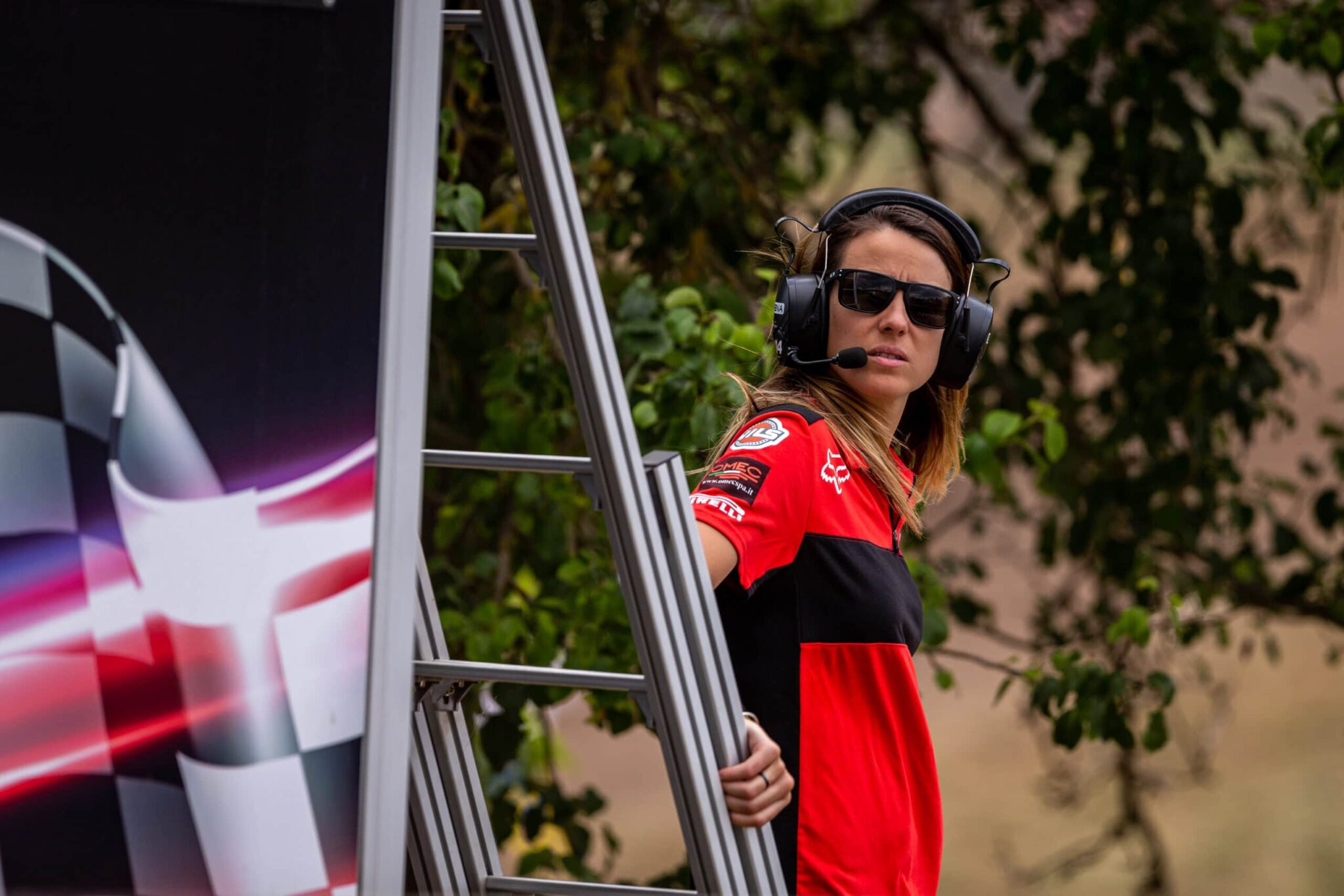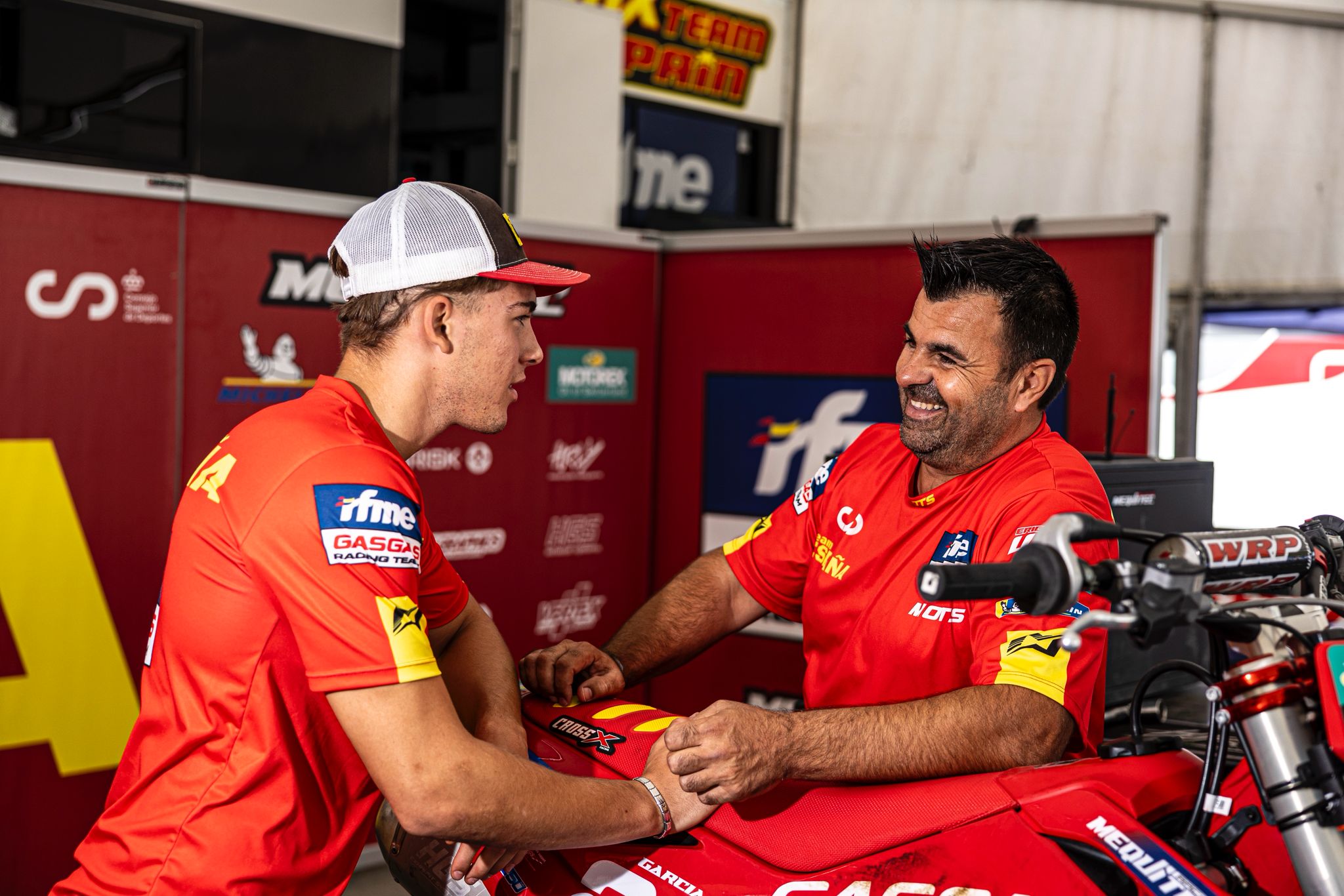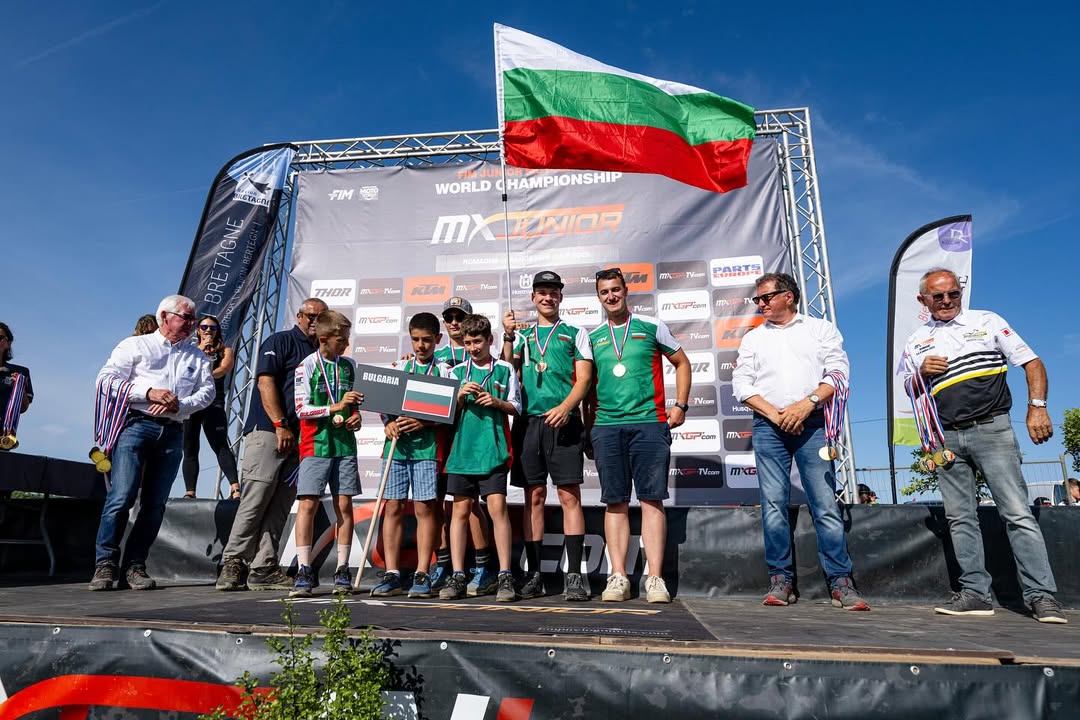Jean-Jacques Luisetti knows plenty about the Motocross world as he ran the Kawasaki MX2 factory effort for a number of years before the manufacturer decided against a full factory MX2 GP team. It meant that Luisetti was forced to leave the MXGP paddock. He has returned since albeit for a short spell with the BOS GP racing team.
However, things are looking promising for the 2025 season as Riley Racing will return to the paddock with two MX2 GP riders in the form of Tom Guyon and Kay Karssemakers. Luisetti has landed the role of advisor and assistant manager so is set to play a key part of the team’s future.
Kevin Frelaud from DailyMotocross.fr recently caught up with Luisetti and was kind enough to send us the interview which you can read below…
Jean-Jacques, when we talked about your return to business with the Riley Racing team in 2025, some people wondered why you had stopped your team at the time. Can we go back over the reasons why the Kawasaki MX2 team was stopped back then?
At the time, Kawasaki decided to stop its involvement in MX2. So they informed me of this. They told me that with the factory pulling out, they no longer had the budget to cover the costs of a factory team. It’s a big budget, so the so-called ‘peripheral’ sponsors weren’t bringing in enough money to run a top-level team on their own.
From there, I had the possibility to continue with the team but only with a small support from Kawasaki, but no longer be factory supported. This loss of budget would have lowered the level of the team. I explained the situation to Kawasaki and, by mutual agreement, we simply decided to stop the team.
Since then, there hasn’t been a team supported by the Kawasaki factory. There was F&H with a very small budget from Kawasaki Europe, there was Dixon with a small budget from Kawasaki Europe and Kawasaki England, there is Bud Racing with a big budget from Kawasaki France and a small budget from Kawasaki Europe, but no ‘official’ team until now.
When you asked why Kawasaki was stopping its MX2 program, what reasons did they give you? Was it because of the results, the lack of return on investment, was it only budget?
It’s true that it happened in a year when we had a lot of injuries. It was the year after Dylan Ferrandis. We replaced him with young riders; we took Stephen Rubini and Adam Sterry, and we kept Petar Petrov. It’s fair to say that we had the riders to be able to race in the top 5, as we’d had to finish 6th or 7th with Petar the previous year. With Stephen Rubini, we were building for the future and with Adam Sterry, we were aiming for a top 5 / top 10. It wasn’t a problem of results, although Stephen, Petar and Adam got injured early in the season, which complicated things.
At the same time, that year, Monster Energy withdrew from the Kawasaki teams in Europe as far as Motocross was concerned. All in all, it was a big loss to make up for. Kawasaki was not prepared to give Monster Energy’s share of the budget, as they were providing a very large budget for our team. Monster Energy continued its agreement with the Kawasaki team in the USA, but not in Europe; they only continued with Yamaha.
So the Kawasaki factory decided to pull out. On the one hand, they had to bring in more budget to compensate for the loss of Monster Energy and they weren’t prepared to do that. On the other hand, it was also a political decision. They decided to continue in MXGP. The Japanese don’t explain themselves too much, it’s part of their culture. We reached an amicable agreement, we issued a press release, and there was no dispute with Kawasaki at the time. It wasn’t my style, and they had helped me for years.

Afterwards, we saw you with the BOS GP team for a year and since then you’ve not been involved in the racing side of things anymore. Now you’re back in 2025. Can we look back at what you’ve done in recent years?
Of course we can. After the team stopped, I was quickly commissioned by ” La Provence” newspaper group. It was owned by the Tapie family. They contacted me to relaunch the Marseille Motorcycle Show. It was a show that had disappeared, which many dealers regretted. The person who had been organising it until then had stopped, and no one had taken up the torch. I had been involved in the show as a dealer, and I’ve always maintained good relations with Marseilles dealerships. Within this group, we had a department that organised events, and “La Provence” asked me to take charge of revitalising and re-federating the dealers, who were just waiting for this. For me, it was a mission that was nothing but fun and, all in all, quite simple to carry out.
At the same time, I helped Bernard Estripeau – a wonderful guy – organise a round of the X-Trial World Championship at the Palais des Sports in Marseille. I also organised the Marseille Supercross at the Palais des Sports, where I brought Dylan Ferrandis with the Yamaha. I also created a Motocross track in Marseille, in the 11th district. This had never been done before in Europe, and we inaugurated it with Jean-Claude Gaudin, who was the mayor of the city at the time. It was a simple track, for a training school, not a Grand Prix track. I also qualified as an amateur football coach so that I could take better advantage of my youngest son – Mathis – whom I hadn’t seen grow up much, like my 3 other children: Laura, 34, Steven, 30, and Téo, 24.
In the meantime, my eldest son Steven had opened a KTM dealership in Marseille, a dealership that he built up over the years before we finally had the opportunity to buy the Kawasaki Toulon dealership just as Covid arrived, in 2020. My son had sold KTM Marseille, which had become the leading KTM dealership in Europe in just 4 years. He’d done a great job; it was similar to my story with Floride Moto, which had become the biggest Kawasaki dealership in Europe.
In 2020, we bought the JSL 83 Kawasaki dealership in Toulon. It was selling around 250 bikes a year before we arrived, and in our first year we sold 700 bikes. We became Europe’s leading Kawasaki dealership, ahead of my former dealership Floride Moto! In our second and third years, we sold 1,000 bikes – a record for Kawasaki. In March 2024, we sold this dealership to the Etoile 83 group, which is the Mercedes dealer in the 83. The new owner is Bernard Micheletti, who has given us a 12-month assignment to set up a team at JSL 83 to replace us on a day-to-day basis, and try to maintain our results. Mr. Micheletti would also like us to help him grow his group by buying other dealerships, and duplicating the model put in place when JSL 83 was sold.
So here we are in 2024, and your involvement in the paddock has been confirmed for next season, with the Riley Racing team. How did that come about?
The owner of the Riley Racing team is Olaf Haazen, a Dutchman. He wanted to start from scratch with his team, because he’d had some setbacks at the time, Jumbo had let him down, and things had been complicated financially. Now Olaf has landed a big sponsorship deal with a very big sponsor, who is looking for immediate recognition within the next two years.
They want the team to be riding in the top five of the MX2 World Championship by 2026. With all that in mind, Olaf did a bit of team research and saw that Harry Nolte had been Kawasaki’s technical manager at the time. He also knew that working with KTM was going to be complicated; Yamaha had some results, but … then came Kawasaki!
Historically, we were the only ones to have hurt KTM – in sporting terms. At the time, Musquin was out in front, as were Roczen, Herlings and Jonass. We even had the Lawrence brothers, whom I had brought to Europe on the advice of Ben Townley: Hunter was winning rounds in the EMX250 class and Jett was winning everything in the 85cc class.
Olaf contacted Harry about the project and Harry called me to see what I thought. I told him to give Olaf my contact and that’s how it started. Olaf flew to Marseilles to meet me, and explain its project.

What did motivate you to take on this project, and why are you finally making this comeback?
My son and I had sold the shop and I had some free time. I’m not going to say that I didn’t take it well when my team stopped at the time, but it’s true that we were getting good results; we had a great team. Stopping was a bit frustrating for me. Since then, of course, I’ve been chomping at the bit, but I’ve been waiting for the opportunity.
Kawasaki had always told me that the day they would return to MX2, they’d give me a hand. The official MX2 team has been chosen by the Japanese, and it’s going to be KRT, and I respect that decision. It’s a team with a lot of resources, there are some new bikes coming out, they’ll get the results. Let’s just say that the return of Kawasaki, Olaf’s good sponsor and the possibility of working again with Harry Nolte have all added to my motivation. Competition is something I’ve always enjoyed and obviously, with the support of Kawasaki that was at hand… It was the Holy Grail, everything was piecing together.
Assistant manager & advisor. That’s the ‘official’ title of your job with the Riley Racing team. In other terms, what are you going to do for the team?
With his previous team, Olaf didn’t have the experience of managing a top-level team on a day-to-day basis, so he obviously needs some advice on certain points.
You know, from where to buy footpegs, which footpegs to choose, how much to pay for them, which riders to sign, how to talk to them, which contracts to use, etc…
When I started my team at the time, I didn’t have any of this knowledge and it’s only over time that I’ve acquired it. So I’m going to be there to advise Olaf, to explain to him what to expect from sponsors, how much to pay a rider in relation to his level, how to draw up a provisional budget that makes sense, how much it costs to travel overseas, where to buy petrol, what petrol to buy, how to transport the bikes to the overseas GPs. I still have some matrix files with the Kawasaki colour codes. How do you flock the jerseys correctly, how many T-shirts do you need for the mechanics, how do you manage the rotation of drivers for the trucks, deal with the tolls, which floor mats do you use, what are the current homologations… In fact, it’s really everything. The goal is to save some time in the process.
You talk about your experience with CLS and Kawasaki Monster Energy at the time. Is what was applicable 10 years ago still applicable today?
Yes; it’s immutable. It still applies today. Admittedly, things have changed a little, or prices have gone up, but the management method and the way of approaching a GP remain the same.
If you look, the agents today are the same as they were then. There’s Jeremy Debize, Gérard Valat, Glen Dempsey, Jamie Dobb; they’re all agents I’ve known and they’re still there. Glen is still in charge of Parts Europe’s motocross budget for grand prix events, for example. Roberto Pasquale Samzone is still responsible at Pirelli for the grand prix. Rees is still at Renthal. I deal with the same people. Some have since retired, but when I call them, they give me the number of their replacement.
In the end, it’s very similar to what we did back then. The job is still the same. Where it’s changed a bit is that this year, we arrive too late to really weigh in the discussions, and that’s the problem I have today.
It’s not now that we need to be talking about getting the best riders and the best sponsors. This is a difficulty for me that I haven’t had before. You can’t talk to the sponsors in September. It’s just impossible. You have to talk to them in April about the following year. That’s why we now lay the foundations to prepare for 2026. In 2025, we’re going to do the best we can; try to be in the top 10 in MX2. Those are our goals for this year. We’re aware that if we start in September, we won’t be able to do miracles either.

What is the point of Kawasaki having a satellite team in the first year, when they are returning to MX2 with an official team?
There will only be one MX2 rider at KRT. That’s not much. Unfortunately, in motocross, injuries are not uncommon. That means there could be no rider left even before the first Grand Prix. That’s not what we want, it’s just a reality. No matter who’s the rider, even the best rider in the world, if he gets injured before the first Grand Prix, he could be out for the whole season. So the point is to have Kawasaki’s on track, and more than just one Kawasaki. They know that with Riley Racing and KRT, there will be at least 3 Kawasaki behind the grid in MX2 next year. Maybe even 4 if Dixon puts one in; I don’t know what his program is yet. The point for Kawasaki is to have a presence. Havin only one rider is complicated. With two riders, you have a better chance of representing the brand. With three, even more, and so on.
Isn’t the fact that Kawasaki doesn’t have a 125cc class a problem in terms of rider development, when you consider that Yamaha and all the KTM groups have a pyramidal systems in place that allows them to bring riders to the World Championship from the European classes?
Yes, it’s true that it’s a problem. However, we managed to deal with this problem at the time because we managed to get some good riders despite the fact there was no 125cc for us either.
The last 125cc rider at Kawasaki was Michael Maschio who used it when he was crowned world champion. So it’s been a really long time. It’s a parameter that has to be taken into account.
It’s a disadvantage, but it’s not prohibitive either. The proof is that we were able to sign some very good riders without having a 125cc program at the time. Now we have a development program, which is well managed and run by BUD Racing in EMX250.
This is something that already existed at the time, as Dylan Ferrandis was with Bud Racing before joining us, but it came later. At the start, I didn’t have Bud Racing in Europe to supply my team with riders. I didn’t have anyone and I had to build up the riders, which is what I did with Steven Frossard for instance.
What has changed is that we now have Bud Racing Kawasaki; they are able to supply riders to the brand. That’s what they did with Dylan, what they did with Mathis Valin, and what they’re certainly going to do next year too. It’s positive, it’s an evolution of the program.
For you to be satisfied with the 2025 season, what kind of targets would you have to tick next year?
We would need to be in the top 10. If we’re in the top 10 with both riders, say between 5 and 10, it would be a good result for us. It’s difficult for a team just starting out, even if I have some experience. In fact, you have to build everything, the team, the workshop, the mechanics, this, that … We’re really late for everything. So if we manage to be between 5 and 10 in the standings, we’ll have achieved some good results.
What do you think of the MXGP 2025 calendar that has just been unveiled?
It’s very similar to what we had back then. I’ve always known these overseas races. Initially a little less, but during the last 5 or 6 years with my team, we’ve experienced the distant Grand Prix. We didn’t have Australia, but we did have the USA in my days, Mexico, Argentina, Qatar and Thailand. The calendar is similar to what we had back then. In Europe, the tracks are the same as they were then too; it’s very similar to what I’ve experienced over the last 5 years, when we were a factory team.
Has the level of the MX2 World Championship evolved, and do we get the impression that more resources have been put into it over the years?
More resources? No, I don’t think so. The resources are the same. I’ve drawn up the team’s budgets this year, and they’re similar to the budgets we had back then. As far as the level is concerned, at the time there was a high technical level in the MX2 World Championship with Musquin, Roczen, Herlings, Paulin, Frossard, Anstie, Searle, Roelants, Febvre, Jonass… They didn’t all evolve at the same time, but we had some big names. I see a similar level in the class now. There were some good riders in the top 10 at the time, and there still are today.
Does the arrival of Ducati and Triumph explain the renewed interest from rival manufacturers? Kawasaki is getting back in MX2, Honda is opening up a second MX2 rider after abandoning the category for a few years, etc…
That’s definitely a factor. The arrival of new manufacturers has kick-started things, so to speak. The arrival of Triumph and Ducati has indeed set alarm bells ringing for the Japanese, because up until now they had been comfortable in terms of sales.
We have to be realistic. If Triumph and Ducati are entering the GP’s, it’s to sell bikes afterwards. In motocross, there are very few new customers being created, so these new manufacturers are going to be tapping into the same niche as the others. They’re going to scratch a little bit of the cake from every manufacturer.
I think this has actually helped to reinvigorate the Japanese, to get them back with official bikes.

